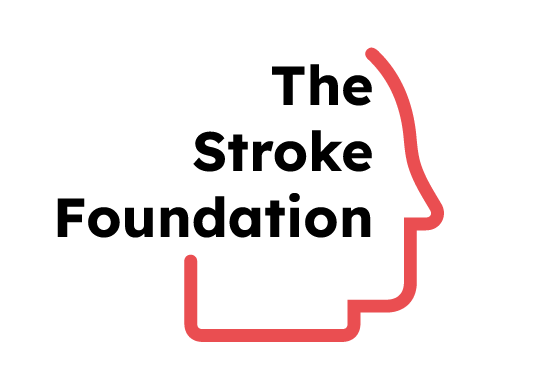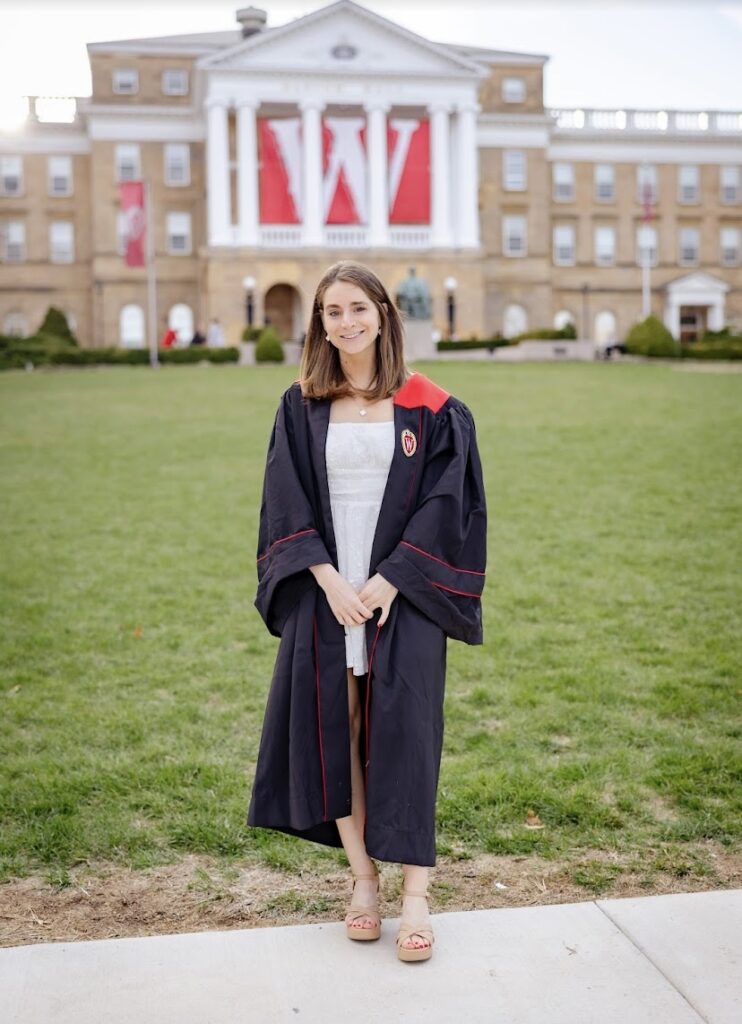A Stroke Is a Brain Attack
You’ve likely heard of a heart attack. A stroke is similar—except it happens in the brain. When a stroke occurs, part of the brain is suddenly deprived of the oxygen and nutrients it needs to function. Without oxygen, brain cells begin to die within minutes.
Because the brain controls everything we do—speech, movement, breathing, memory, emotions—a stroke can cause sudden and severe changes in how your body works.
The Brain Runs on Blood
To understand stroke, it helps to understand how the brain works. Your brain is constantly active—it’s in charge of every thought, movement, and sensation. To keep going, it needs a steady supply of oxygen and glucose, which it receives through blood vessels.
When something disrupts this blood flow, the part of the brain that’s affected starts to shut down. That’s why strokes can cause sudden weakness, confusion, vision loss, or slurred speech—it depends on which part of the brain is affected.
The Two Main Types of Stroke
There are two primary types of stroke. While both cut off blood supply to parts of the brain, they happen for different reasons:
1. Ischemic Stroke (Most Common)
This type of stroke happens when a blood vessel is blocked—usually by a blood clot or a buildup of fatty deposits (plaque). The blockage stops oxygen-rich blood from reaching brain tissue. Roughly 87% of all strokes are ischemic.
Imagine a pipe getting clogged: water can’t get through, so whatever’s on the other side dries up. In the brain, this drying up means brain cells begin to die.
2. Hemorrhagic Stroke (Less Common, Often More Severe)
This type of stroke happens when a blood vessel in the brain bursts, leaking blood into the surrounding brain tissue. The pressure from this bleeding damages brain cells and tissues.
Hemorrhagic strokes can be caused by high blood pressure, aneurysms, or trauma. They account for about 13% of strokes, but are more likely to be fatal.
A Third Type: TIA (Transient Ischemic Attack)
Often called a “mini-stroke,” a TIA is caused by a temporary blockage in the brain. It usually lasts just a few minutes or hours, and the symptoms go away on their own. But a TIA is a serious warning sign—it means a full stroke could happen soon if preventive steps aren’t taken.
What Happens to the Body During a Stroke?
The symptoms of stroke come on suddenly, and may include:
- Numbness or weakness, especially on one side of the body
- Trouble speaking or understanding speech
- Sudden confusion
- Blurred or lost vision
- Trouble walking or loss of balance
- Severe headache with no known cause
These symptoms reflect what’s happening inside the brain: the part of the brain responsible for that function is being deprived of oxygen.
For example:
- If the stroke affects the left side of the brain, it may cause paralysis on the right side of the body and affect speech.
- If it affects the right side, it may impair judgment, cause spatial awareness problems, or affect vision.
Every Minute Counts
During a stroke, millions of brain cells die every minute. That’s why it’s critical to act fast. The faster a person gets medical help, the better the chances of survival and recovery.
There are treatments that can help restore blood flow or reduce bleeding in the brain—but they’re time-sensitive. For ischemic strokes, clot-busting medication is most effective when given within 3–4.5 hours of the first symptoms.
Call 911 immediately if you or someone else shows signs of stroke. Don’t wait or try to sleep it off.
What Causes a Stroke?
Stroke can happen to anyone, but there are certain risk factors that increase the chances:
- High blood pressure
- Smoking
- Diabetes
- High cholesterol
- Atrial fibrillation (AFib)
- Obesity
- Lack of physical activity
- Family history of stroke
- Hormonal factors (pregnancy, birth control, HRT)
Some risk factors, like age or family history, can’t be changed—but many are manageable with the right support and lifestyle choices.
In Summary
A stroke is a medical emergency that occurs when blood flow to the brain is disrupted—either by a blockage or a burst blood vessel. Without oxygen, brain cells begin to die within minutes, which can lead to long-term disability or death.
But knowledge is power. Recognizing the signs of stroke and acting quickly can save a life.

%20(1).png)
%20(2)%20(1).png)



